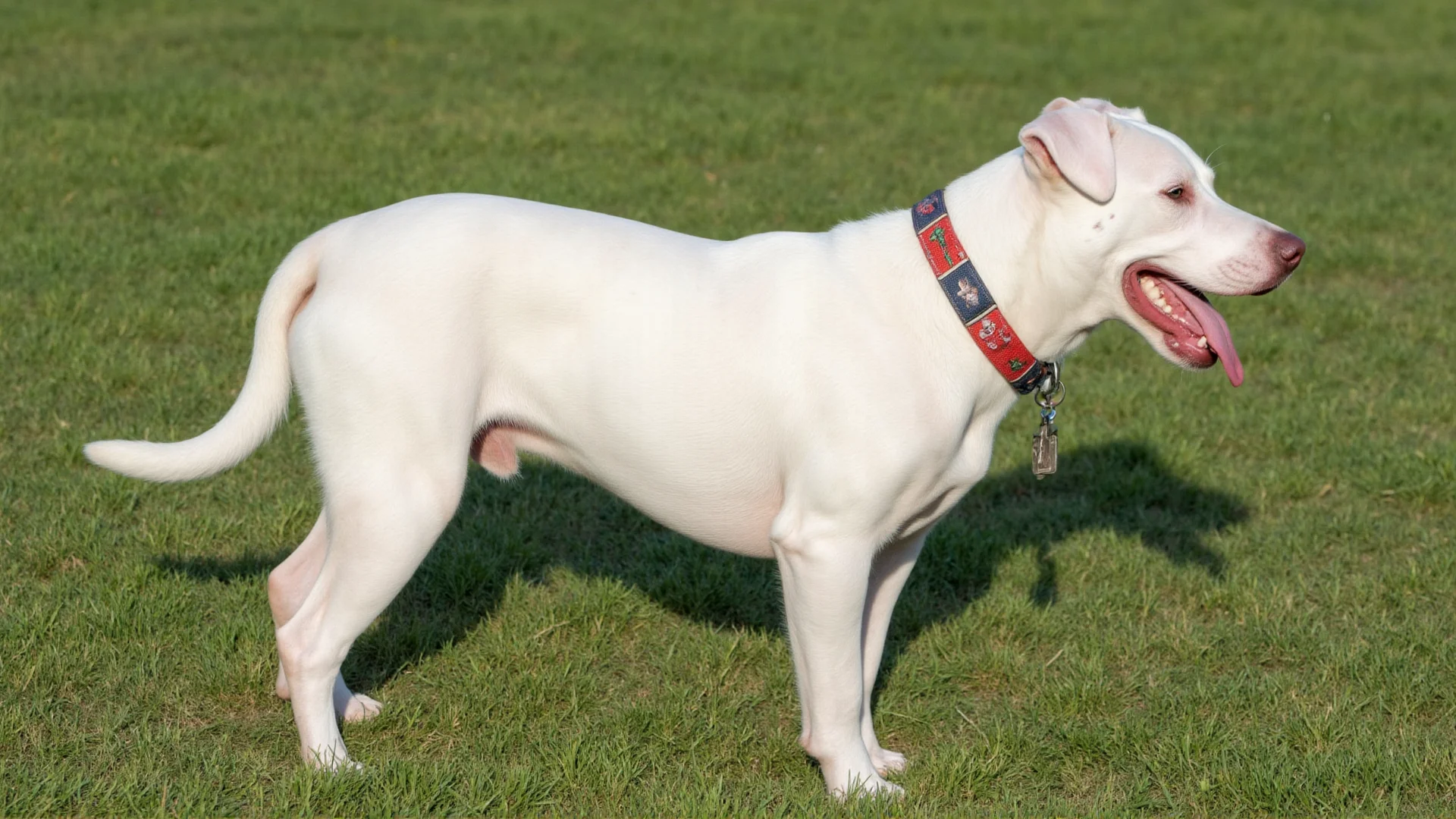Australian Shepherd: The Ultimate Working Dog Companion Guide
The Australian Shepherd stands as one of the most versatile and intelligent working dogs in the world. With their striking appearance, boundless energy, and unwavering dedication to their handlers, these remarkable canines have earned their place as premier working companions across multiple disciplines.
Understanding the Australian Shepherd's Working Heritage
Despite their name, Australian Shepherds were actually developed in the United States during the 19th century. These dogs were bred specifically for their herding abilities, working alongside Basque shepherds who immigrated to America with their flocks. The breed's foundation was built on intelligence, athleticism, and an intense desire to work.
Core Working Traits
- High Intelligence: Australian Shepherds rank among the top breeds for trainability and problem-solving abilities
- Intense Drive: These dogs possess an almost obsessive need to have a job and stay mentally engaged
- Physical Endurance: Built for all-day work, they can maintain energy levels that would exhaust most other breeds
- Handler Focus: Exceptional ability to read human cues and work in partnership with their handlers
Primary Working Applications
Livestock Herding
Australian Shepherds excel at herding various livestock including sheep, cattle, goats, and even poultry. Their natural herding style combines:
- Eye Contact: Using intense stare to control livestock movement
- Precise Positioning: Strategic placement to guide animals in desired directions
- Controlled Aggression: Appropriate pressure without causing stress to livestock
- Distance Work: Ability to work far from the handler while maintaining communication
Search and Rescue Operations
Their endurance, intelligence, and trainability make Australian Shepherds excellent search and rescue dogs. They excel in:
- Wilderness tracking and air scenting
- Disaster response scenarios
- Avalanche and water rescue operations
- Missing person investigations
Law Enforcement and Detection Work
Many Australian Shepherds serve in law enforcement roles, particularly in:
- Drug and explosive detection
- Tracking suspects and evidence
- Border patrol operations
- Crowd control and security work
Training Your Australian Shepherd for Work
Foundation Training Principles
Successful working dog training begins with establishing clear communication and mutual respect. Australian Shepherds respond best to positive reinforcement methods combined with consistent expectations.
Essential Commands for Working Dogs
- "Come By" and "Away": Directional commands for herding work
- "Stand" and "Down": Position holds for various working situations
- "Wait" and "Easy": Impulse control for precise work
- "Find" and "Search": Initiation commands for detection work
- "Leave It": Critical for safety in all working environments
Developing Work-Specific Skills
For Herding Work:
Start with basic instinct development using appropriate livestock in controlled environments. Begin with calm, dog-broke sheep or cattle, and gradually increase complexity as the dog's skills develop.
For Detection Work:
Begin with simple nose work games, gradually introducing target scents and increasing difficulty. Focus on building drive and enthusiasm for the search process.
For Search and Rescue:
Develop tracking skills through games and gradually increase distance and complexity. Build physical conditioning through varied terrain work.
Physical and Mental Conditioning
Exercise Requirements
Working Australian Shepherds require significantly more exercise than pet dogs. A typical working dog needs:
- 3-4 hours of physical activity daily
- Varied terrain and exercise types
- Mental stimulation through problem-solving tasks
- Regular skill practice and training sessions
Nutrition for Working Dogs
Working Australian Shepherds have elevated nutritional needs:
- Higher Protein: 25-30% protein content for muscle maintenance
- Quality Fats: 15-20% fat for sustained energy
- Digestible Carbohydrates: For quick energy during work
- Joint Support: Glucosamine and chondroitin supplements
Health Considerations for Working Dogs
Common Working Dog Injuries
Regular health monitoring is crucial for working Australian Shepherds:
- Soft Tissue Injuries: Strains and sprains from intensive work
- Pad Injuries: Cuts and abrasions from rough terrain
- Heat Exhaustion: Risk during intensive summer work
- Joint Stress: Potential for arthritis from repetitive motions
Preventive Care Strategies
- Regular veterinary check-ups every 6 months
- Daily physical condition assessment
- Proper warm-up and cool-down routines
- Adequate rest periods between intensive work sessions
Selecting the Right Australian Shepherd for Work
Key Characteristics to Look For
When selecting an Australian Shepherd for working purposes, evaluate:
- Drive and Motivation: Strong desire to work and please
- Physical Soundness: Proper structure for intended work type
- Temperament: Confident but controllable personality
- Bloodlines: Working heritage from proven lines
- Health Testing: Clear genetic testing for hereditary conditions
Working Line vs. Show Line Considerations
Working line Australian Shepherds often differ from show lines in:
- Higher energy levels and work drive
- More athletic build and functional structure
- Intense focus and handler sensitivity
- Greater need for mental stimulation
Building a Successful Working Partnership
Handler Development
Working with an Australian Shepherd requires skill development from the handler:
- Clear Communication: Consistent commands and expectations
- Timing: Precise correction and reward timing
- Reading the Dog: Understanding canine body language and stress signals
- Physical Fitness: Ability to keep up with an active working dog
Creating Work-Life Balance
Even working dogs need downtime and family interaction:
- Scheduled rest periods and "off" time
- Social interaction with family members
- Play time separate from work activities
- Mental enrichment through puzzle toys and games
Conclusion
The Australian Shepherd represents the pinnacle of working dog excellence. Their combination of intelligence, athleticism, and dedication makes them invaluable partners in numerous working applications. Success with these remarkable dogs requires commitment, proper training, and respect for their incredible abilities.
Whether you're considering an Australian Shepherd for ranch work, search and rescue, or any other working application, remember that these dogs thrive when given purpose and proper guidance. With the right approach, an Australian Shepherd can become not just a working partner, but a lifelong companion who brings joy and effectiveness to any task.




